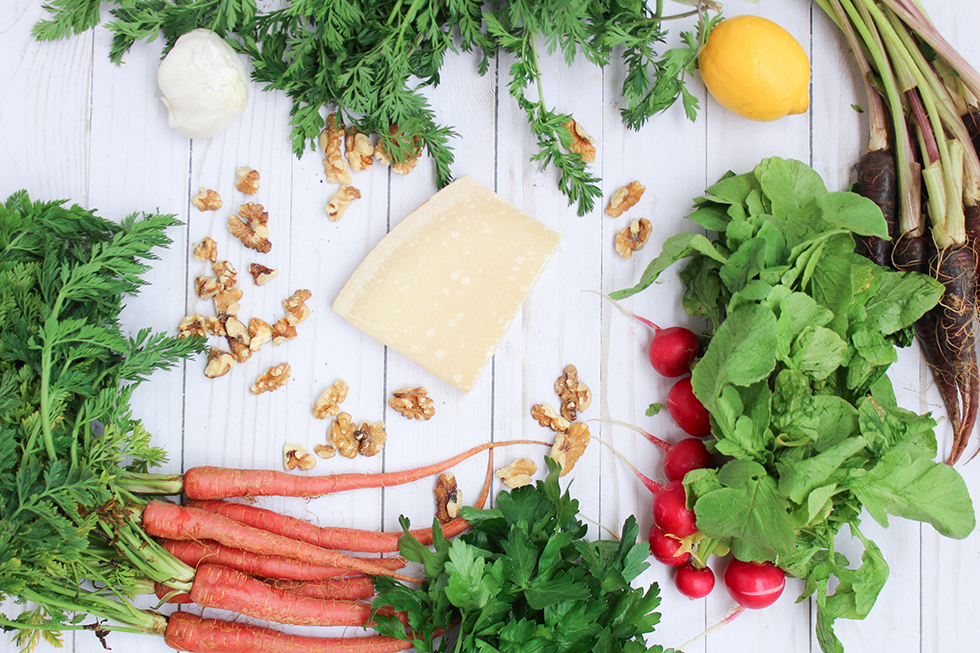
Plant-Based Eating: Everything You Need to Know
Eating Plant-Based
Plant-based eating is sweeping the nation but what does it really mean? Can I still eat meat? Does it mean I can’t eat dairy? What about my birthday cake? The good news is you can still enjoy the foods you love. The latest diet trend is not even a diet at all. Plant-based eating is all about the small choices that add up to an overall increase in the number of plant foods you are consuming. A plant-based diet does not eliminate any foods but rather enrich your diet with the addition or switch to plant-based options. You will want to focus on including more fruits, vegetables, nuts, seeds, and grains (anything you can get from a plant is fair game). Unlike the vegan diet, you can still include animal products but will want to use them sparingly. Instead of meat being the main star of your dish try to have the star be a vegetable or grain while the meat is more of an accent.
Switching to Plant-Based
Many people switch to plant-based eating for health reasons. Processed foods are known to be the culprit for large amounts of calories, sugar, fat, and sodium in our diet. Plant-based foods are more nutrient-dense than their refined counterparts. This means they give your body the good vitamins and minerals it craves while keeping calories, sugar, fat, and sodium at a minimum. Like with all diets there will be haters. Some people believe that we have to eat meat to get protein. Although animal products, including meat, do give us protein we can actually get a surprising amount of protein from plant-based sources. I/2 cup of black beans has 7 grams of protein. Almonds have 8 grams of protein in ¼ of a cup. All of these smaller amounts can add up to the 45-55 grams of protein the average American needs a day.
A Day in The Life of Plant-Based
SAMPLE DAY 1
- Breakfast: ½ cup Oatmeal topped with fresh fruit and 1 teaspoon of local honey
- Snack: 1 Apple with 2 Tablespoons of peanut butter
- Lunch: Vegetable Lasagna
- Snack: ¼ cup of Almonds
- Dinner: Stuffed Bell Peppers
SAMPLE DAY 2
- Breakfast: Strawberry banana Greek yogurt Smoothie
- Snack: 2 tablespoons of Everything Bagel Hummus with 1 cup of Carrots
- Lunch: Lunch Peanut Thai Salad
- Snack: Snack ½ cup Cinnamon Sugar Roasted Chickpeas
- Dinner: Lentil Sloppy Joe
Tips for Choosing a Plant-Based Lifestyle
Just like when starting anything new, you should ease into it. It does not have to be an all or nothing mindset. Start by making small swaps towards plant-based options at the store. Try out Meatless Mondays or start with one plant-based meal a day. Instead of just pulling meat out of a dish think about what you could be adding into the dish or swapping out. You can use whole wheat pasta instead of refined. You can add onion and mushrooms into your spaghetti sauce. There are many options for the form you can buy your food in. Choosing pre-prepped fruits and vegetables can be a great way to save time when cooking. You can also buy microwavable grains such as rice or quinoa to help reduce prep time. Eating plant-based is not code for more expensive. The freezer aisle has all kinds of frozen produce. Canned fruits and vegetables can not only help save money but also times are they are precooked. Buying grains in bulk is always an option that your wallet can agree with.
